
Coulomb Transistor — A New Concept Where Metal Nanoparticles Are Used In Place Of Semiconductor
A research group at the University of Hamburg has created a unique coulomb transistor that operates on the principle of the voltage control of the electron band gap in metallic quantum-dot nanoparticles. This Single-electron transistor represents an approach to develop less power-consuming microelectronic devices. It will be possible if industry-compatible fabrication and room temperature operation are achieved.
The concept is based on building stripes of small, colloidal, metal nanoparticles on a back-gate device architecture. Being very tiny, the metallic nanoparticles exhibit semiconductor properties that can be controlled by voltage. The body of this transistor can be operated as a second gate. It results in well-defined and controllable transistor characteristics.
This newly invented Coulomb transistor has three main advantages. The advantages are: on/off ratios above 90%, very reliable and sinusoidal Coulomb oscillations, and room temperature operation. The concept allows for tuning of the device properties such as Coulomb energy gap and threshold voltage, as well as the period, position, and strength of the oscillations.
Though the single-electron transistor (SET) is quite similar to a common field-effect transistor (FET), it does not rely on the semiconductor band gap but instead on the Coulomb energy gap. Transfer characteristics of the SET show periodic on and off states known as Coulomb oscillations. Researchers hope that might render new applications possible in the future.
When a bias voltage is applied to the nanoparticle channel, it becomes clear that conduction in this system is not purely metallic but is controlled by tunnel barriers between individual particles. The transport of charged particles is hindered due to very high potential barrier which depends on the charging energy. Tuning the voltage of an additional gate results in a field effect that continuously shifts the energy levels of the particles and allows for tunneling to occur. This additional gate electrode is separated from the channel by a dielectric layer.
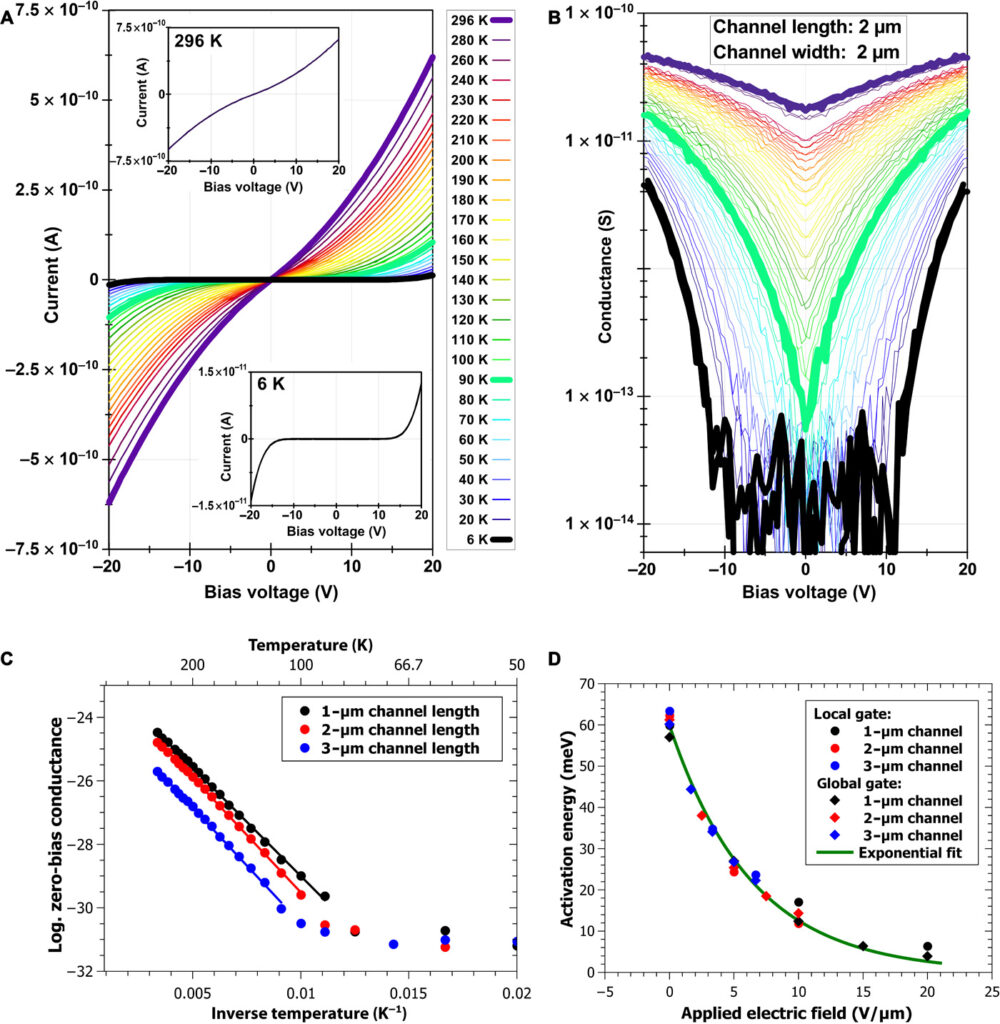
The single-electron transistors require further research and more development, but the work shows that there are alternatives to traditional transistor concepts that can be used in the future in various fields of application. Christian Klinke, the lead researcher, said in a statement,
The devices developed in our group can not only be used as transistors, but they are also very interesting as chemical sensors because the interstices between the nanoparticles, which act as so-called tunnel barriers, react highly sensitive to chemical deposits.





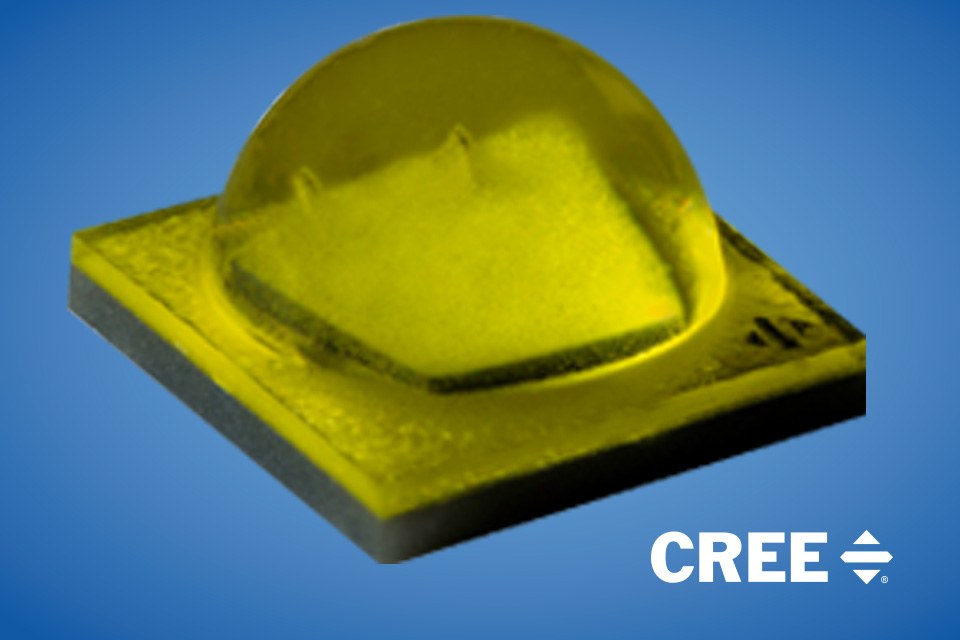
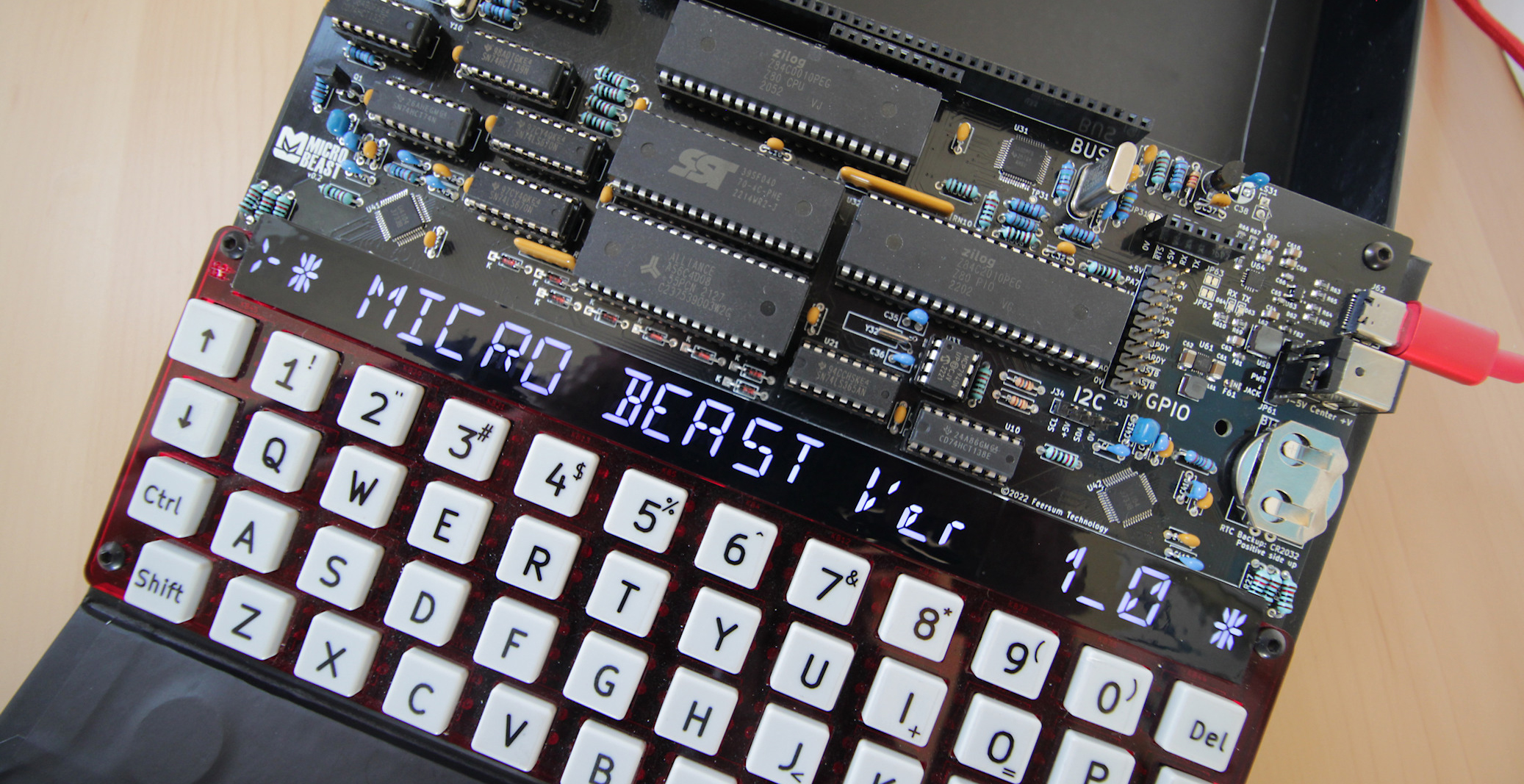
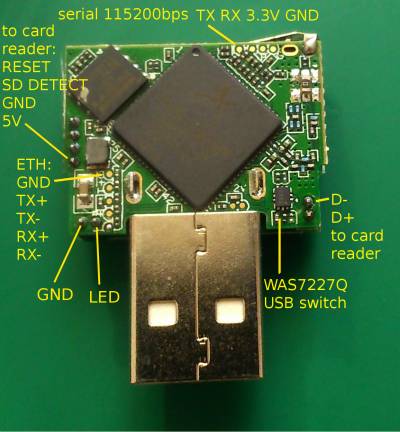


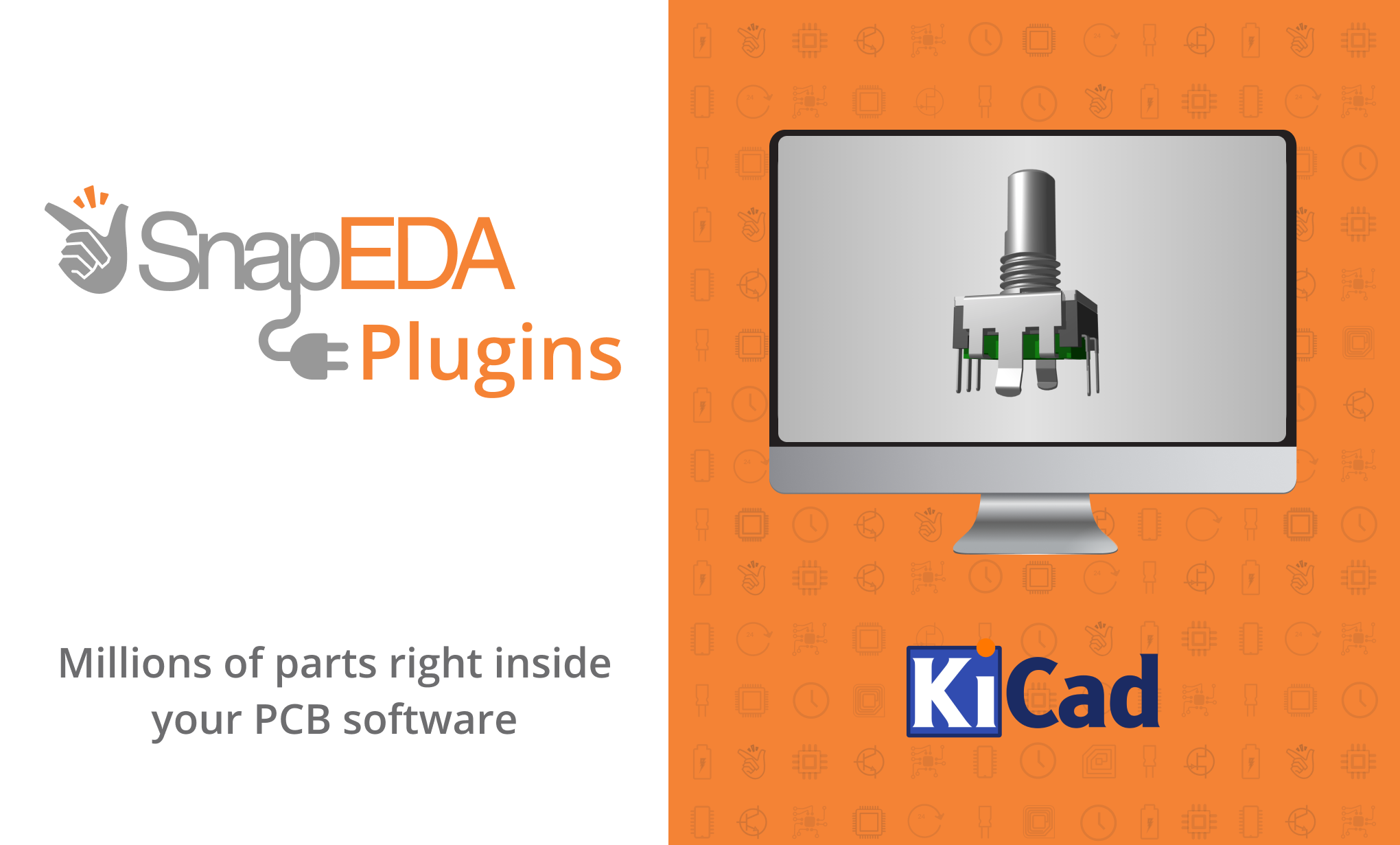







Can you please help me out with my Project/Thesis topic at Undergraduation level on TFET?
Please help me with any link or PDFs or anything.Thanks